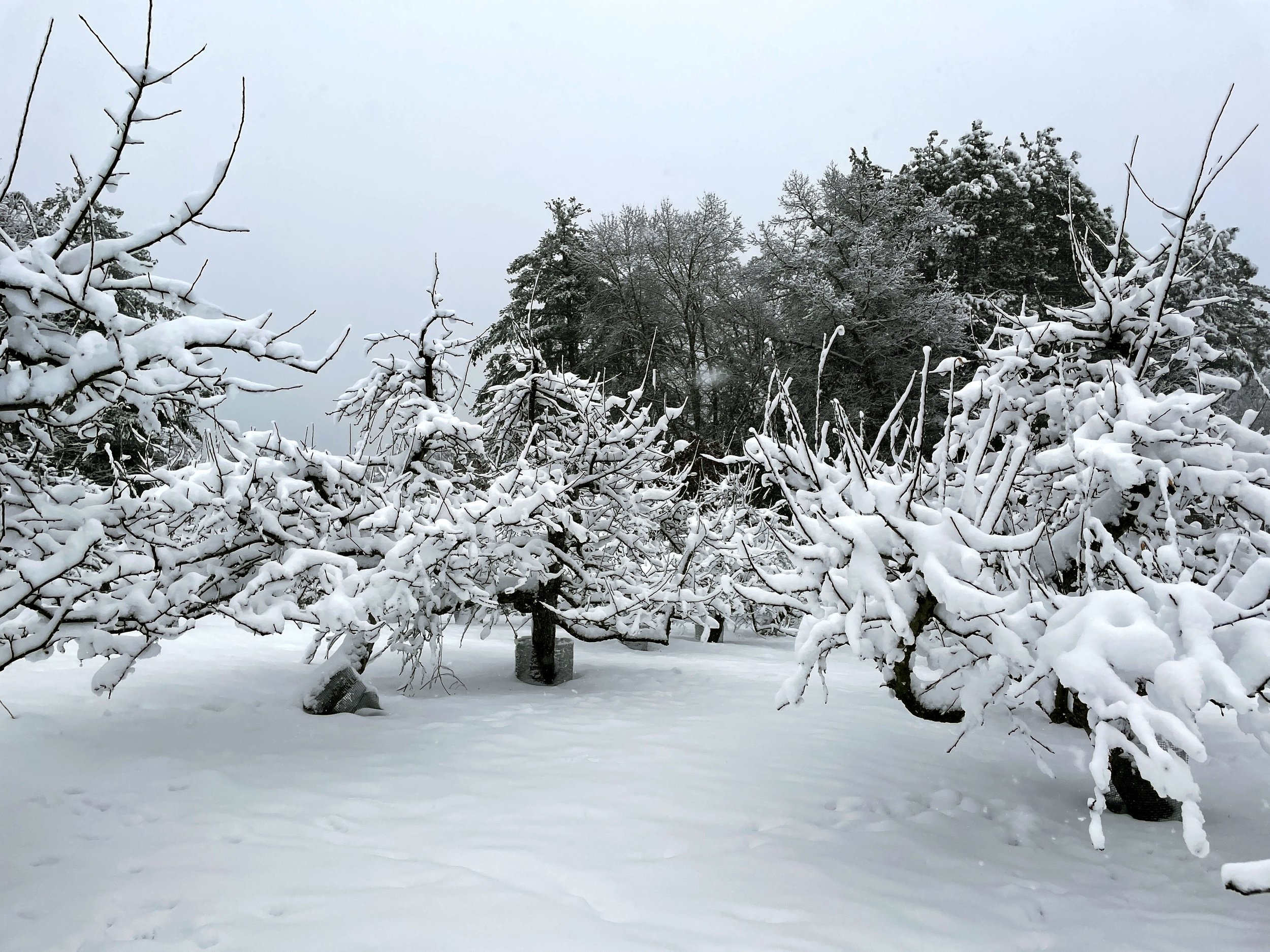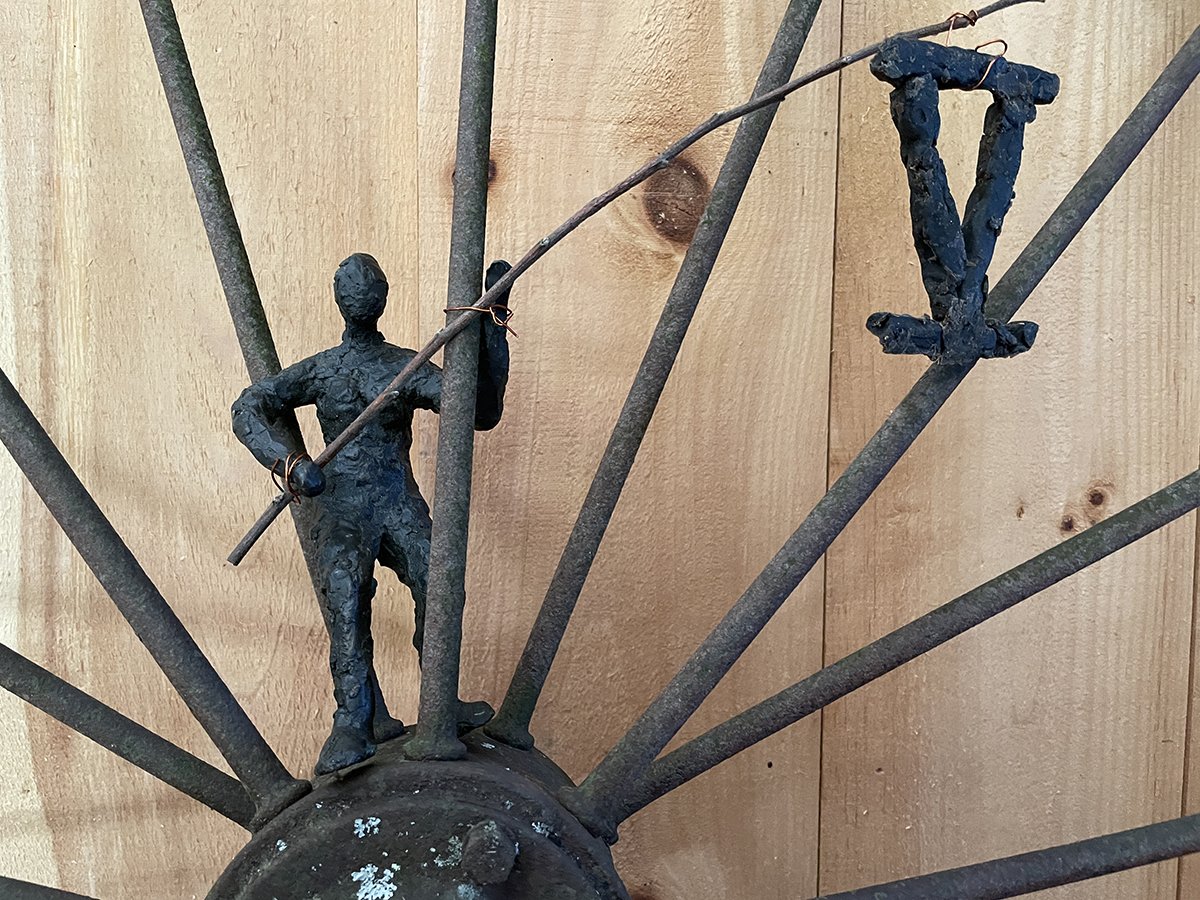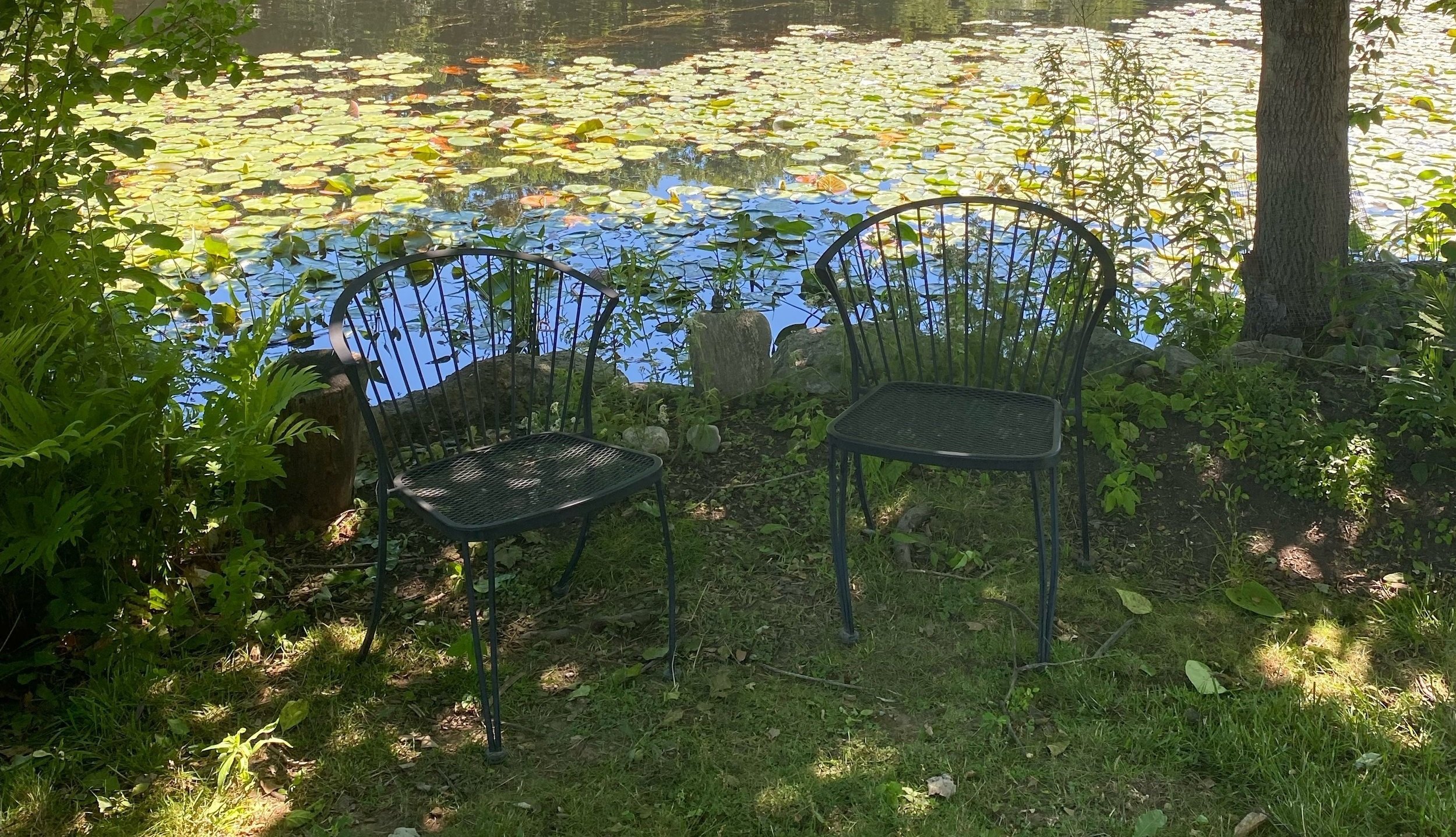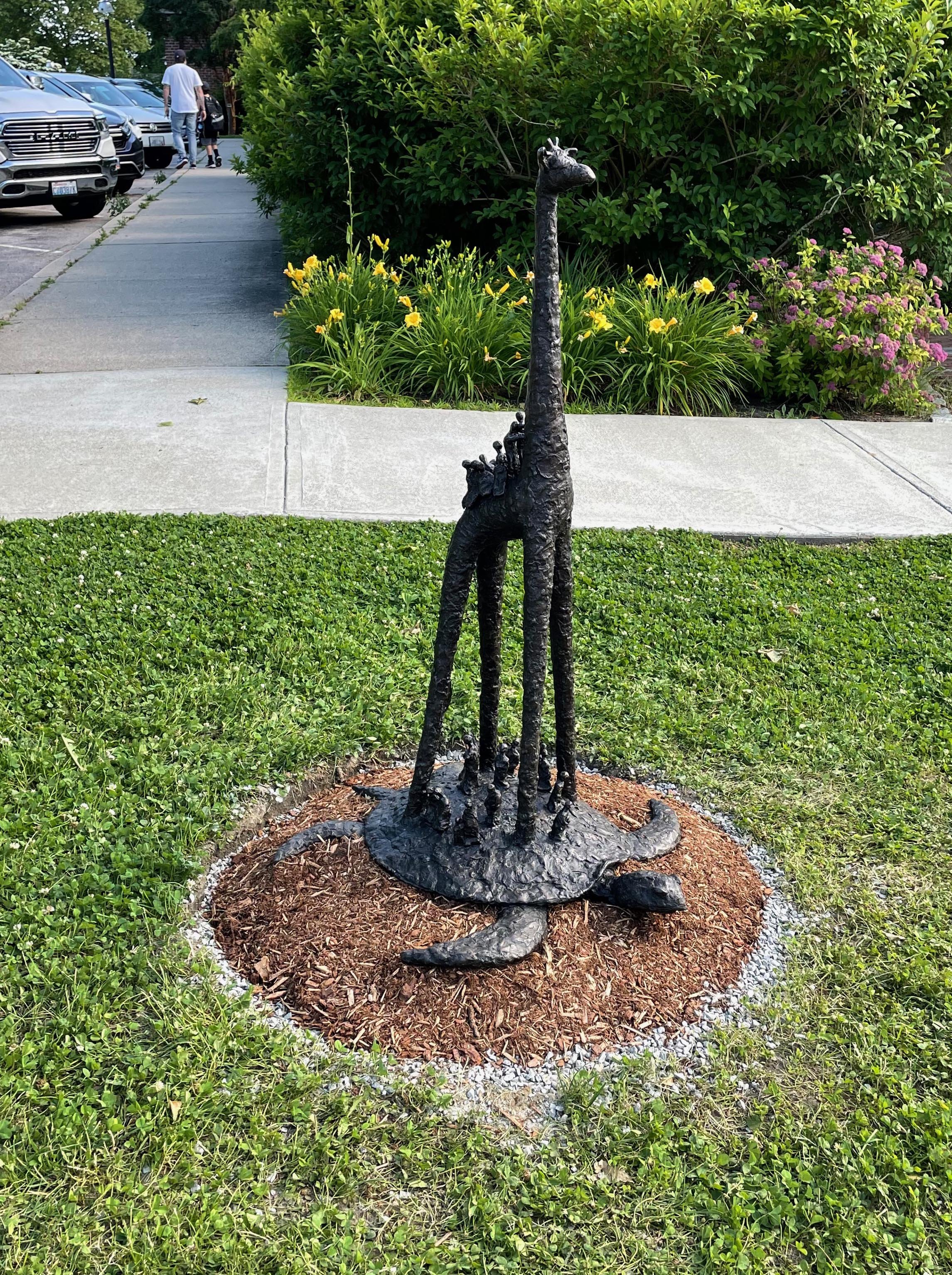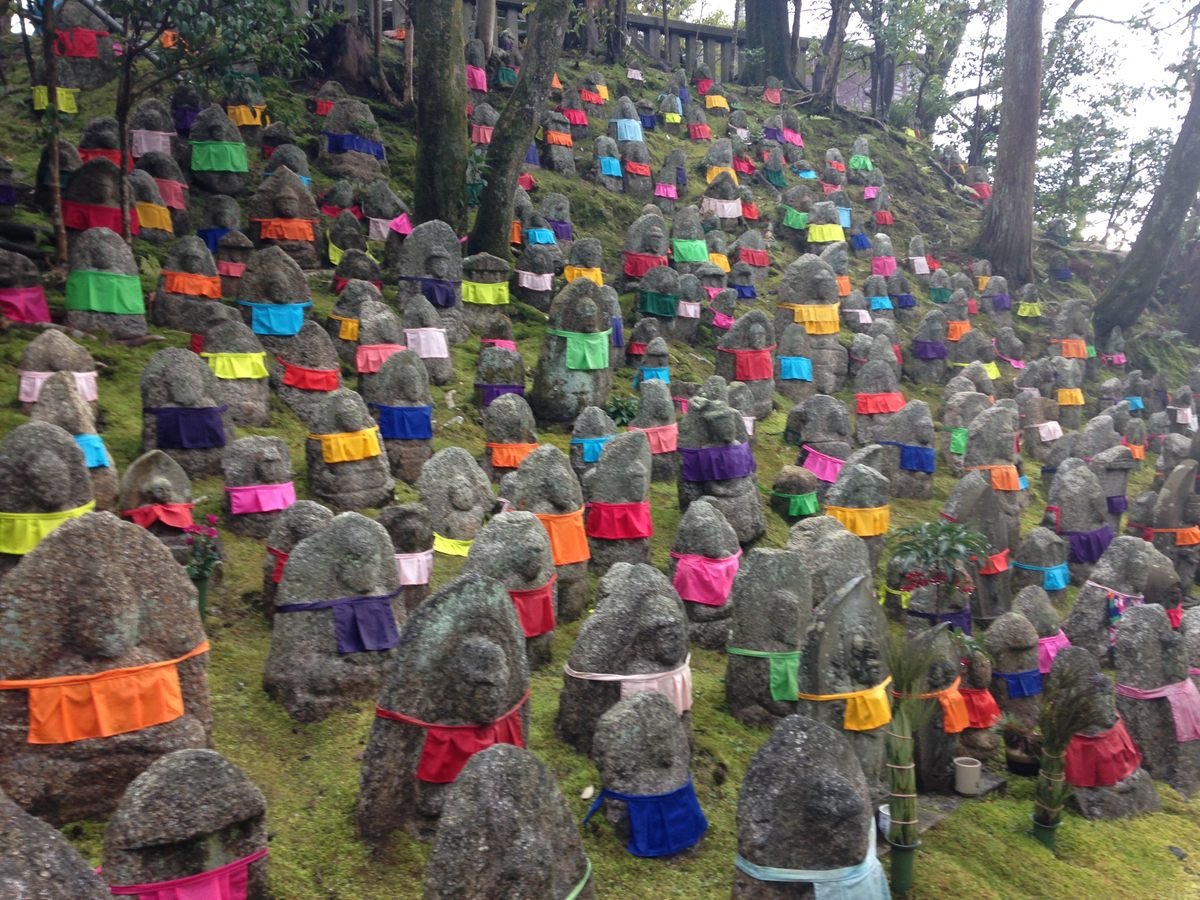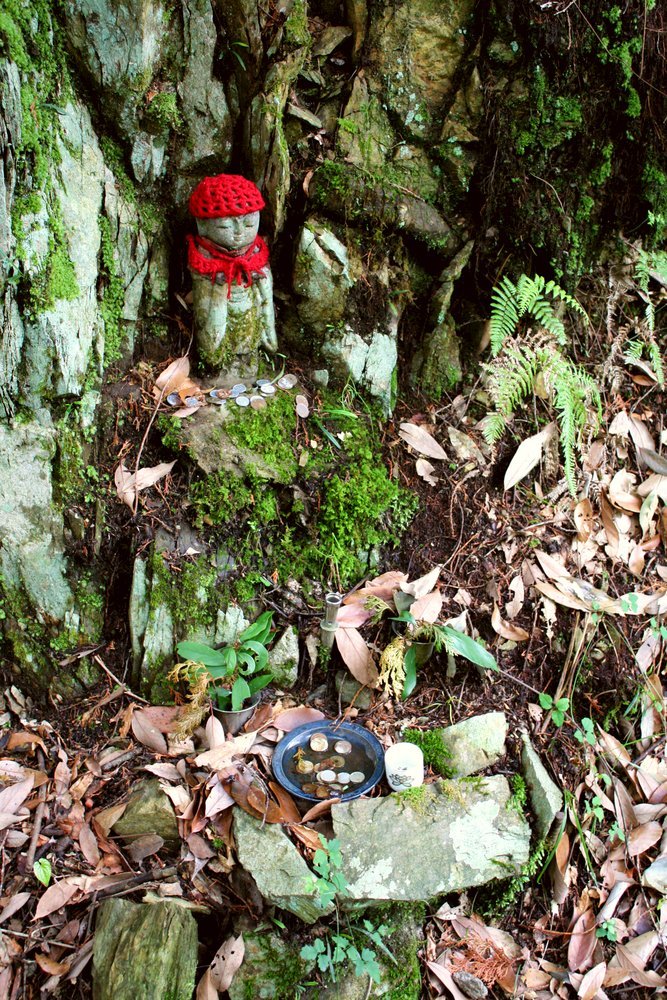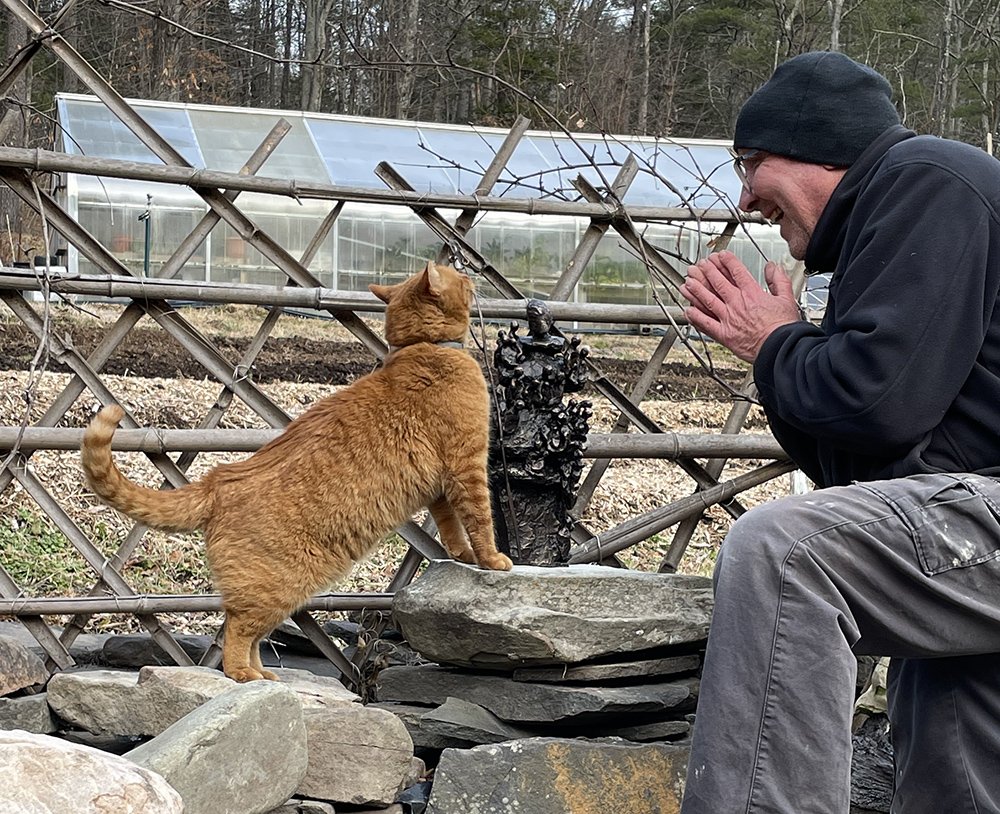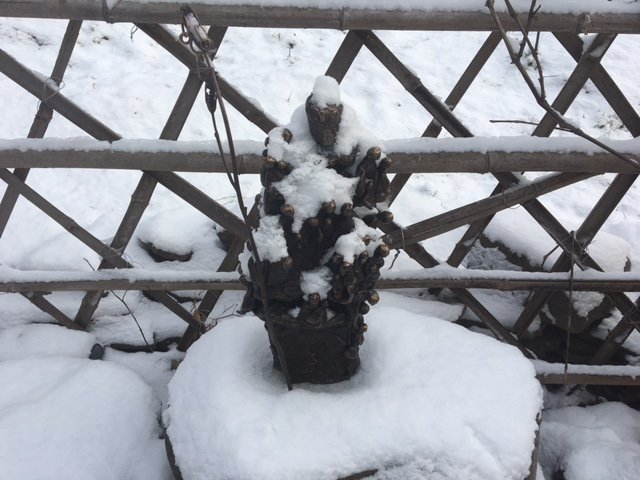Dear Friends,
With this morning’s blanket of snow, winter has arrived at Old Frog Pond Farm. The apple trees, who gave and gave this fall, are finally slipping into their chill time. Apple buds need a certain number of chill hours in order to bear fruit. I imagine them settling into the expansive softness and quiet of this snowy day, grateful and at peace.
We are grateful for the trees and on Sunday, January 21 at 2pm we will celebrate with a wassail, an old English tradition when farmers gather around one of the largest trees and pour libations of cider onto the roots. They also hang bits of bread dipped in cider on the branches for the robins, spirits who protect the trees. The farmers, of course, drink the cider too, likely hard cider, and then, circling around the tree they sing:
Here's to thee, old apple-tree,
Whence thou mayst bud, and whence thou mayst blow,
And whence thou mayst bear apples enow!
Hats-full! caps-full!
Bushel, bushel, sacks-full!
And my pockets full, too! Hurra!
Wassailing celebrates the gifts we have received from the trees by returning some of what they offered. The ritual acknowledges our gratitude for nature’s generosity. Bread and cider are the pagan sacraments for this orchard communion. Bread is a symbol for well-being, physical sustenance, and community. Cider quenches thirst, physical as well as spiritual—this golden juice is sun, rain, and soil.
For our Wassailing celebration at the farm, we’ll toast with hot cider and listen to original poems written for the trees by the farm’s Plein Air Poets. We’ll sing and send out prayers that all beings will have food, shelter, and a fruitful 2024.
The wassailing will begin at 2pm. If the weather is stormy, we’ll post cancellation by 10am at oldfrogpondfarm.com.
Please join us! RSVP is not necessary, but if you let us know at fruit@oldfrogpondfarm.com we will be sure to have cider for all.
Let there be peace everywhere in 2024!
Let there be Peace, On the Common in Harvard, Massacusetts, October 22, 2023
